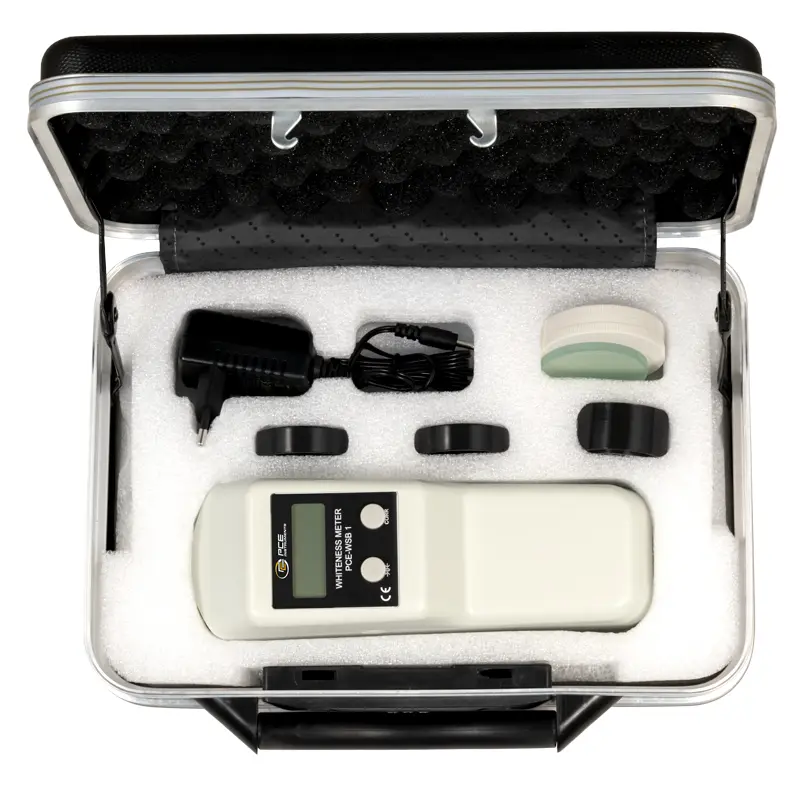Laboratory
hamdail plc
Our Laboratory
Our laboratory is a controlled environment where scientists conduct experiments and analyze the properties of calcium carbonate. They use various techniques and equipment to study its composition, structure, and behavior under different conditions. Additionally, researchers may investigate its applications in industries such as pharmaceuticals, construction, and agriculture.

Lab Examination
The laboratory examination process of Calcium Carbonate involves several steps to ensure accurate results. Firstly, a sample of the substance is collected and prepared for analysis. This may involve grinding or crushing the sample to obtain a representative portion. Then, various tests are conducted to determine the purity and composition of the Calcium Carbonate. These tests can include titration, spectrophotometry. The results obtained from these tests are then compared to established standards to assess the quality of the Calcium Carbon

hamdail plc
Expertise
Laboratory examination of calcium carbonate requires expertise in analyzing its composition and properties. Skilled professionals utilize various techniques such as X-ray diffraction and electron microscopy to determine the crystal structure and morphology of the compound. Additionally, they may conduct tests to measure its purity, particle size distribution, and thermal stability.
Benefits
include the ability to accurately determine the purity and quality of the compound. Laboratory analysis can also provide valuable information about the composition and structure of calcium carbonate, allowing for better understanding of its properties and potential applications. Additionally, laboratory examination can help identify any impurities or contaminants present in the compound, ensuring its suitability for specific uses.

hamdail plc
Site Laboratory
Laboratory examination of calcium carbonate requires expertise in analyzing its composition and properties. Skilled professionals utilize various techniques such as X-ray diffraction and electron microscopy to determine the crystal structure and morphology of the compound. Additionally, they may conduct tests to measure its purity, particle size distribution, and thermal stability.
